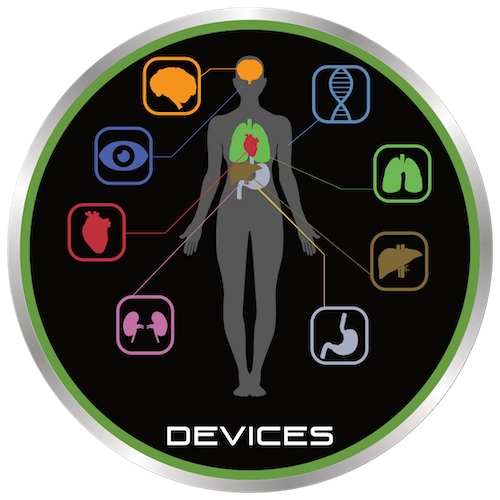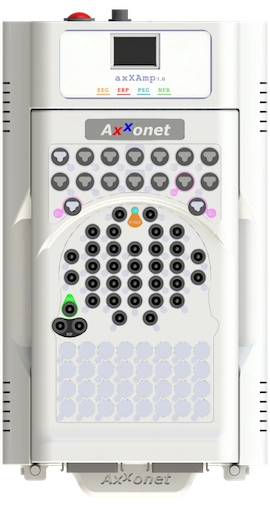
xAMP
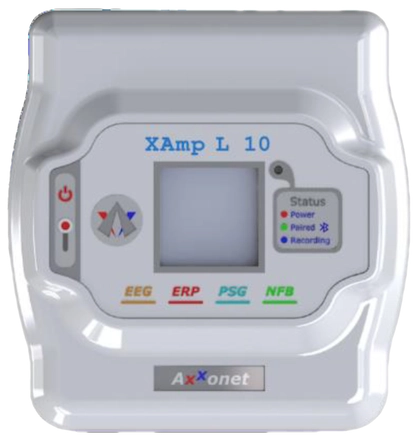
xAMP L 10

Rapid Cap
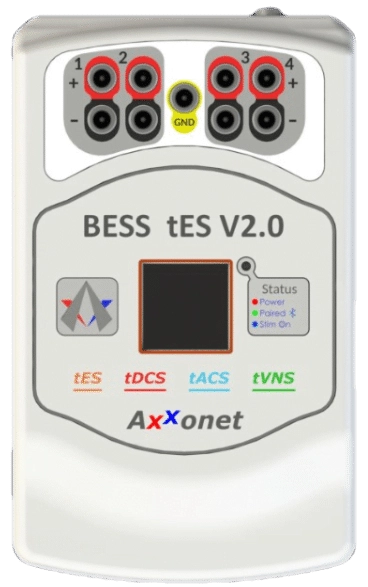
BESS tES V2.0
Our cutting-edge neurotechnology solutions are designed to meet the needs of researchers, clinicians, and animal researchers. We offer a wide range of products and software, including Electroencephalogram (EEG), Event Related Potential (ERP), Polysomnography (PSG), Neurofeedback (NFB), Neurostimulation, Brain function therapy (BFT) and Amplifiers. Additionally, we provide multi-parameter sleep study systems and EEG for animals. With our comprehensive range of products and services, we aim to provide everything you need to take your research or clinical practice to the next level.
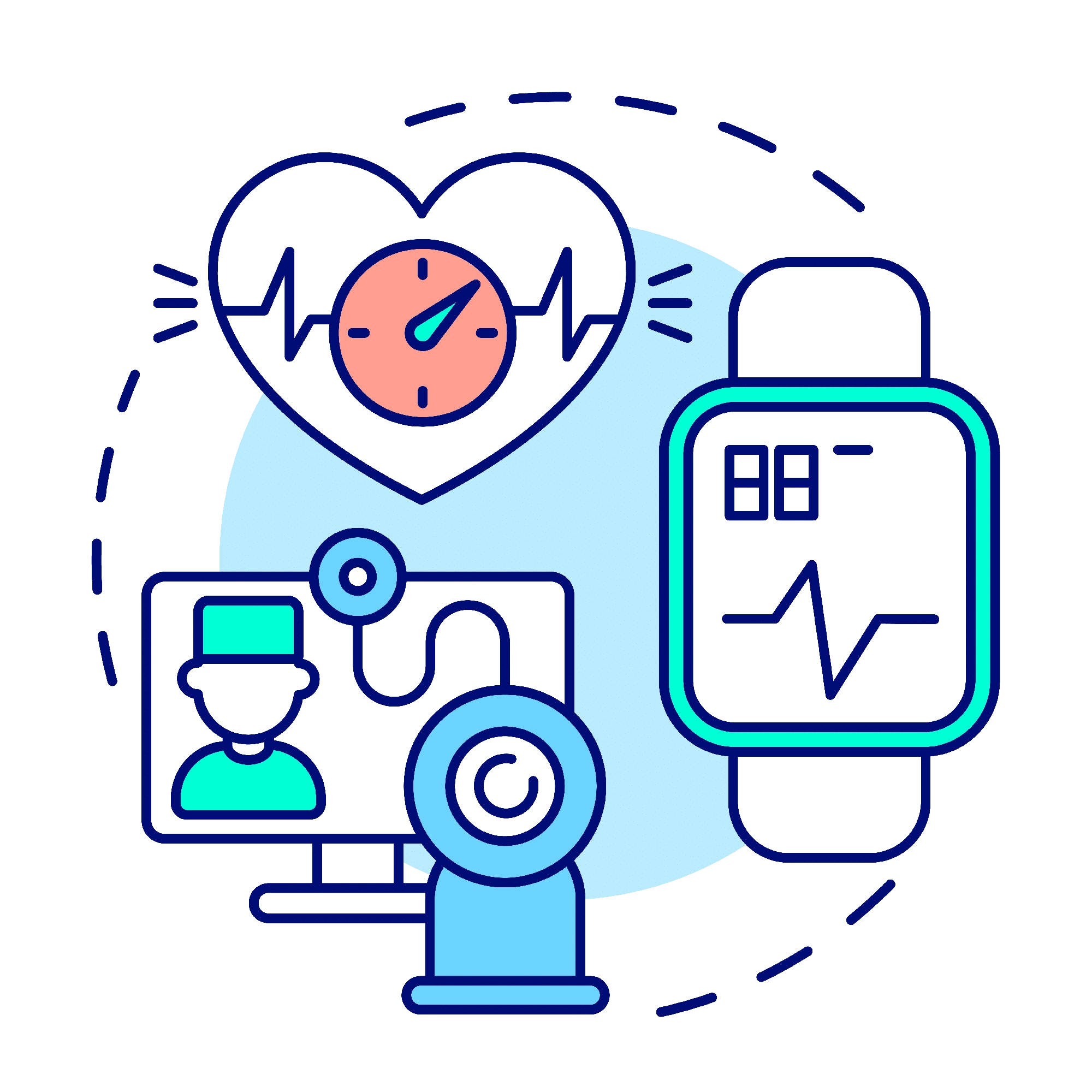
Medical Devices

